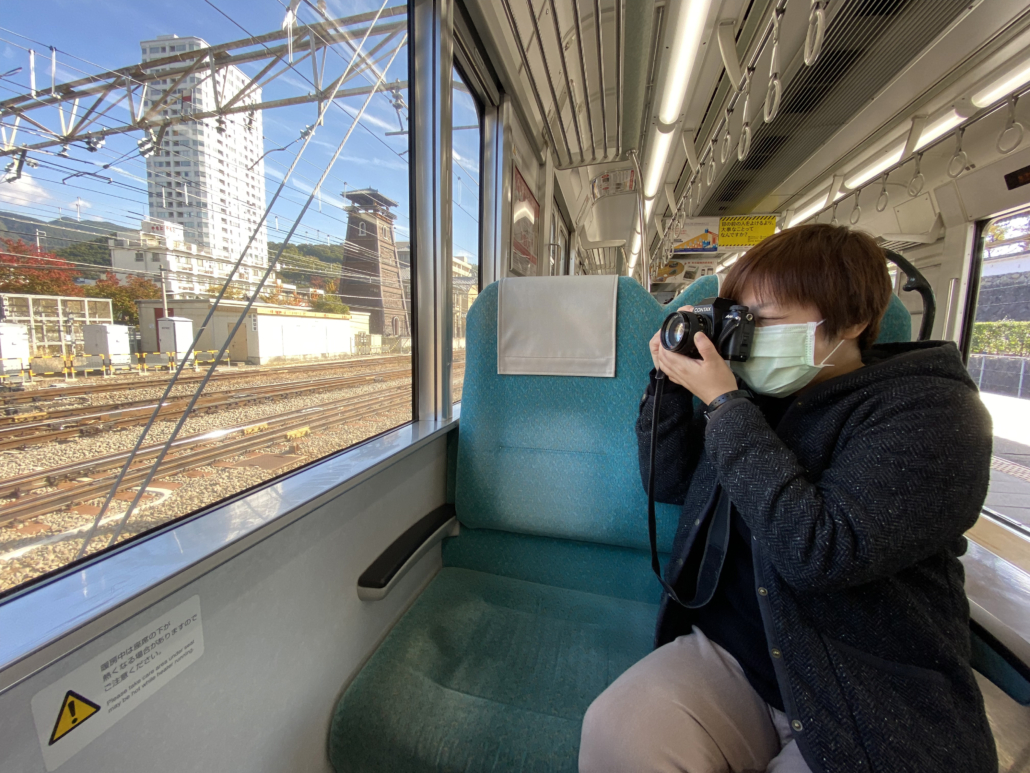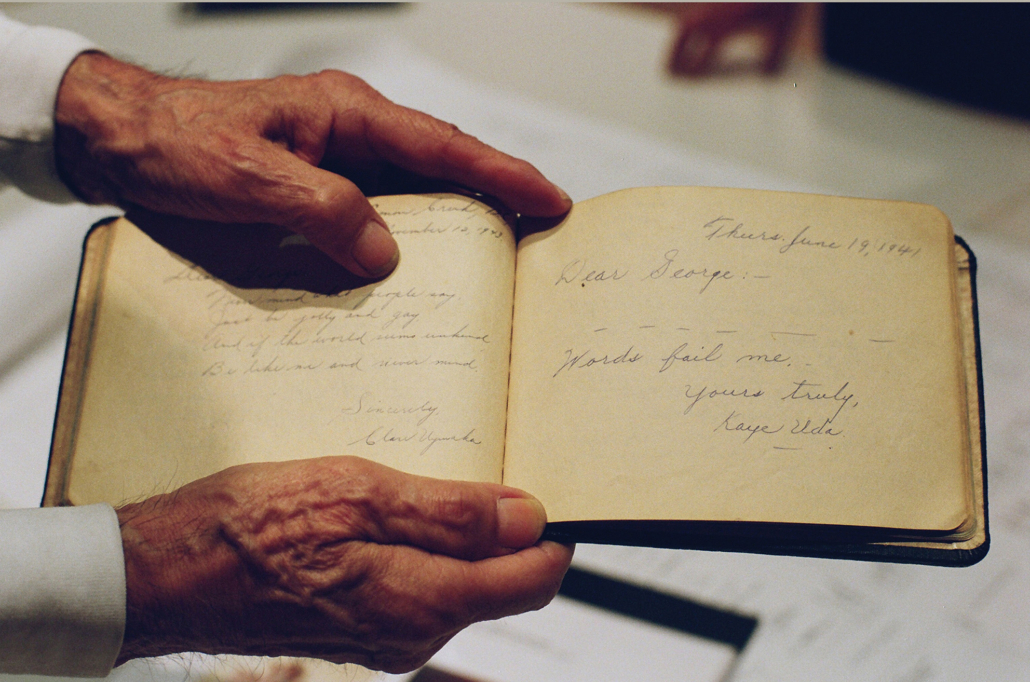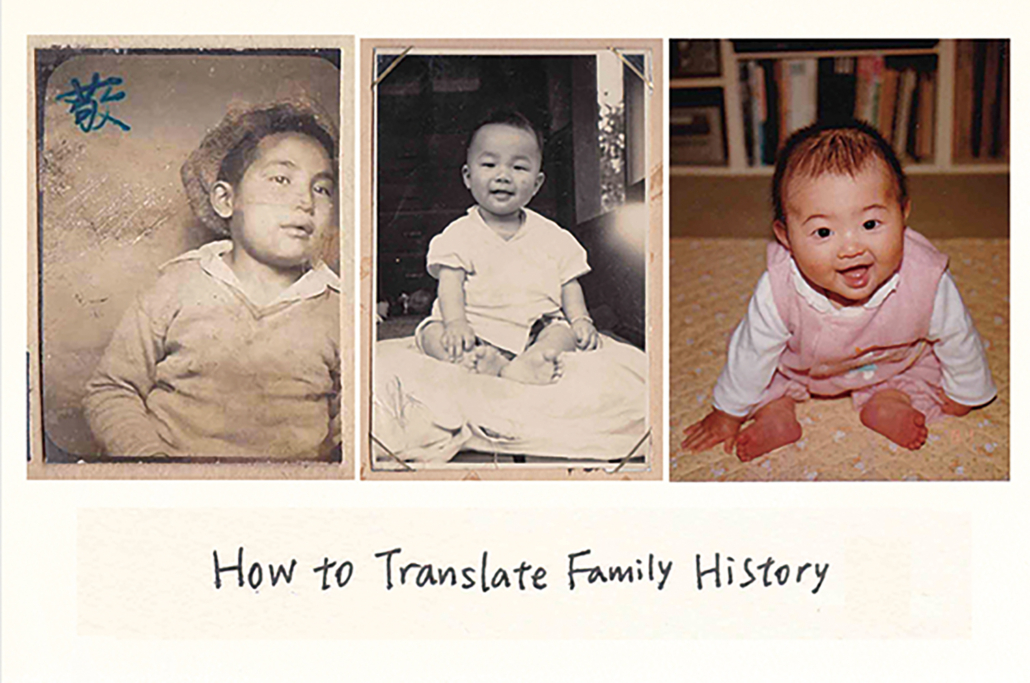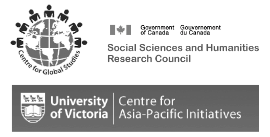Profile: Nao Uda

“I’ve always been interested in what I can say or do with different mediums,” Nao Uda, a 2023 artist in residence with Past Wrongs, Future Choices, explains.
Growing up in Japan, Nao has always been fascinated with exploring various artistic mediums. Her work bridges together storytelling in photography with archival work, interviews, videography, and exploring family history and community through time, place and language.
Her journey as an artist first took her to the United States to study photography, receiving her BFA in Photography at the School of Visual Arts in New York City. Nao then worked to support herself as an artist, later completing her MFA at the National Tainan University of the Arts, participating in international artist in residence programs, and exhibiting her work internationally. She is also working toward her PhD in art creation and theory.

Nao’s photo work from 2013
Nao’s desire to apply to join Past Wrongs, Future Choices as an artist in residence was significantly influenced by previous experiences and residency programs in Canada, Taiwan, the United States and Japan.
“I didn’t know much about my grandfather’s story until I started doing research in Toronto,” says Nao, the granddaughter of a Japanese Canadian grandfather who moved to Japan in 1941. He passed away when she was very young.
While working with a group conducting archival work at the Japanese Canadian Cultural Centre, someone from the group approached her: “Is your last name Uda?”
“He had a message from my grandfather. And he showed me a signature book, a page with my grandfather’s writing.” He had written a message when he had to leave Canada in 1941.
“Through this reunion through the friend of my grandfather, it was interesting to kind of understand, or imagine, what kind of person my grandfather was.”
Connecting her background in photography with exploring how family photos, books and photo albums can tell stories across different languages and generations, Nao’s artistic interest was sparked.
“I realized, maybe I can combine interviews and creative process to make something that has been lost. So maybe I am trying to create something that didn’t really exist to capture a little trace of something by using art.”

Nao’s photo work created at the Japanese Canadian Cultural Centre
Through her residency experiences and the generosity of community members, Nao’s work has drawn on how communities across the globe and across generations have kept the memory of family members and their lives.
“These experiences have made me think of how land and community remember people, or memories of events,” Nao explains. “They inspired me to come to Victoria and experience the land and the community here, and to understand my family history. And maybe it’s the beginning of understanding a bigger story—not only my own family.”
As Nao explains, the ability to work with and learn from others doing similar work made her residency with Past Wrongs, Future Choices a unique experience. During her residency, Nao presented her 12-minute video project “How to Translate Family History,” and connected with communities of artists, scholars, and members of the Japanese Canadian community.
“It was moving to understand that people were doing similar things that I do with my creative process. Some of them use art and some of them use reading, some talking, and everyone has different methods. It was easy to feel connected because we had a similar interest and similar topics to talk about. I think it was a different experience from other residencies.”

A still from Nao’s video work, “How to Translate Family History”
Photography, photo albums, and finding fascinating connections across generations and language continue to be rich sources of inspiration for Nao’s work.
As she reflects on the ideas and experiences from her residency that will be developed in her 2024 exhibitions—“little conclusions” in her always continuing creative process—Nao is working with what moments, objects and artistic mediums will help tell her next stories. During our interview, she shares some moments of reflection from her residency.
While visiting the Nikkei National Museum & Cultural Centre, she was able to go through historical photographs, photobooks and glass negatives. As a photographer, she thought it was interesting to feel connected to Japanese Canadian photographers from one hundred years ago through their negatives and carefully printed photographs. She was also fascinated by how the owners of photographs had edited the photo album, the comments they left and the background information they included.
She reflects on coming across an outdoor portrait of young Japanese Canadian men smiling in front of a big rock, and what was written on the back of the photograph.
“The photograph looked really good, with nice clothing, and shoes and hats. But on the back, it was written in Japanese that these items were borrowed from someone else.”
“It was a reminder that what we see in photographs or what we see in art, it might be something not true, or fictional. And maybe that’s okay. I thought these were important reminders of how we can use art to preserve memories while filling a missing part.”
This article was written by Sarah Stilwell from a December 2023 interview with Nao Uda, a 2023 artist in residence with Past Wrongs, Future Choices at the University of Victoria. All images supplied are courtesy of Nao.

 Instagram
Instagram